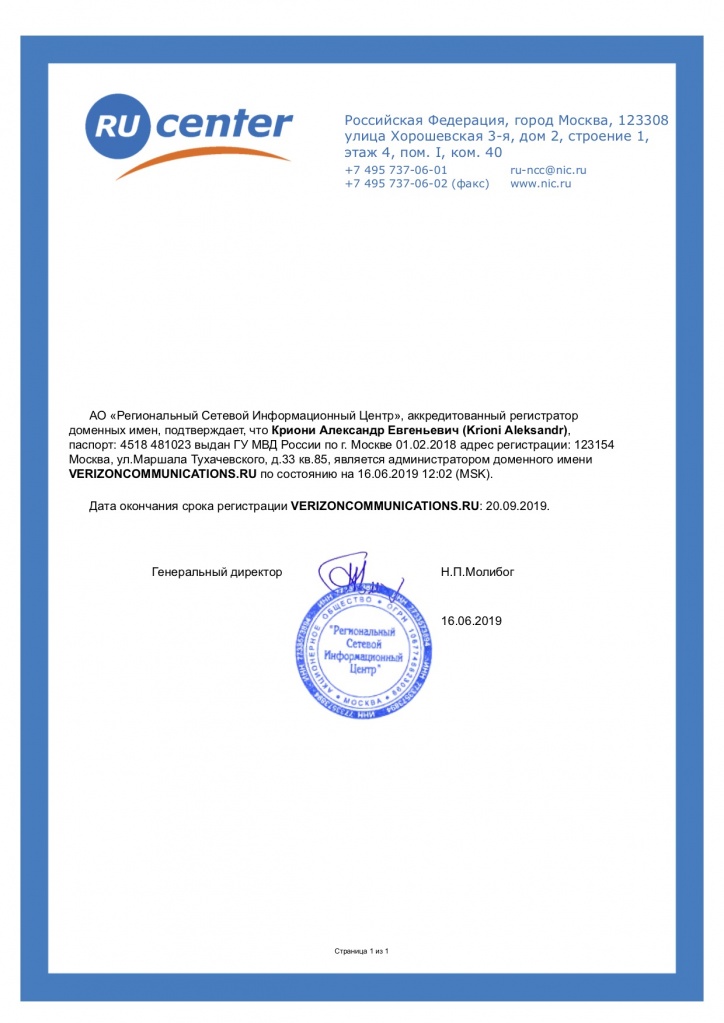Tracking the sale of domains
- Main
- Author's blog
- Tracking the sale of domains
Tracking the sale of domains
 479 views
479 views
The shadow business in domain name manipulation is a true underground industry, the birth of which is often connected with the first emergence of demand for ‘attractive’ second-level domains.
Enterprising people monitor free domain names in the zones ‘*.com’, ‘*.net’, ‘*.org’, and ‘*.ru’, and if they get lucky and find something similar to a well-known trademark, immediately register the domain to a made-up name and address.
In situations of this kind, brand owners’ desire to secure what is ‘rightfully theirs’ is entirely understandable. That’s why, as soon as they discover a ‘hijack’, a client is likely to turn to a lawyer for legal help.

|

|
That said, a lawyer doesn’t have very many effective means of carrying out this laborious task.
1) They can attempt independently to identify the domain name owner, and then, after gathering all of the necessary evidence of illegal use, file a vindication claim with the civil court; otherwise,
2) They can try independently to find the contact information of the domainer and reach a personal agreement with them to transfer administration rights.
It is important to understand here that both options share a prerequisite. In order to initiate legal proceedings or contact the domain owner, the lawyer must know the real, not the fake name of the domainer, as well as their current contact information. This means that, even at the beginning of the investigation, the lawyer needs to engage the services of an expert in gathering information and documents.
For this reason, lawyers choose ‘option B’. They instruct an investigator to establish the identity and contact information of the seller, opening up the opportunity to reach an out-of-court agreement with the domainer.
The mediation plan in this case is as follows:
The lawyer instructs the investigator to contact the domain administrator and obtain the disputed domain from them. The investigator, in accordance with the principle of secrecy – i.e. without disclosing their identity or intentions (this has a real impact on the price of the transaction!) – contacts the domain owner and agrees a price with them. If the conditions are agreeable to everybody, the parties agree to a procedure for transferring rights to the domain.
To conclude, here are some interesting facts from personal practice.
1. The minimum amount for which a domainer was willing to sell a disputed domain was RUB 5,000; the maximum was RUB 1 million.
2. Our office’s portfolio includes five classic private investigations to track the transfer of rights to domains, and the total capitalization of the companies to which the domains were returned amounts to several billion US dollars.
Detective Protocol
The Protocol is a process where two or more detectives interact with analytical tool ... [...]














